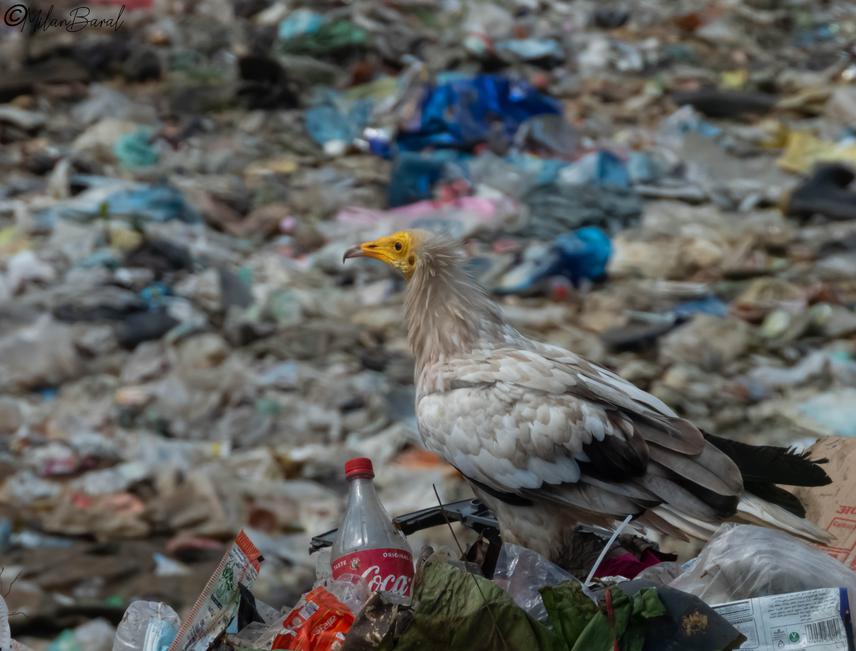Milan Baral
Among the declining raptor species around the world, vultures are the most threatened groups of birds. Egyptian Vulture (EV) Neophorn percnopterus is the smallest vulture having declining population across its range. IUCN has categorized the Egyptian Vulture as endangered globally. Understanding the factors like breeding season length clutch size and mortality rate affecting the breeding biology are very crucial while developing conservation management plan for the endangered species. But detailed studies on the biology and threats of Egyptian vulture are still understudied and not quantified in South Asia. Thus, the project is designed to acquire information on breeding biology as well as quantification and minimization of threats through the study on vultures’ breeding territory. Sensitization of students, local people, local stakeholders, government authorities and farmers will develop positive attitude towards vulture and aid in overall biodiversity conservation.

After realising the absence of strong ecological data and information on Egyptian vulture. We plan we plan to study the biology of the vulture with focusing mainly on following objectives:
• Breeding biology and diet of Egyptian vulture
• Identification of nest predators and anthropogenic disturbances
• Quantification of threats through questionnaire survey
• Conservation and awareness programs
For the study on breeding biology, whole breeding period will be divided into four major parts: pre- breeding period, incubation period, chick rearing stage and fledging. Nest monitoring will be carried out for at least 20 active nests for studying breeding success while 10 active nests will be monitored for understanding the breeding biology of the species. The study will explore the breeding biology of the vulture including number of copulation attempts, frequency of nesting materials brought, number of eggs laid, duration of incubation, male/female role in nest defence, incubation and feeding chicks, gender wise role in nest cleaning, delivering food to nest and grooming to chicks as well as attempts of young to leave the nests and duration of fledging after hatching.
Threats of the vulture will be identified through structured, semi- structured and unstructured questionnaire survey among local people, stakeholders and farmers. School teaching, community awareness, stakeholder meeting, trainings to undergraduate students as well as mass media campaign will be conducted to mitigate threats and promote conservation of vultures as well as overall biodiversity.